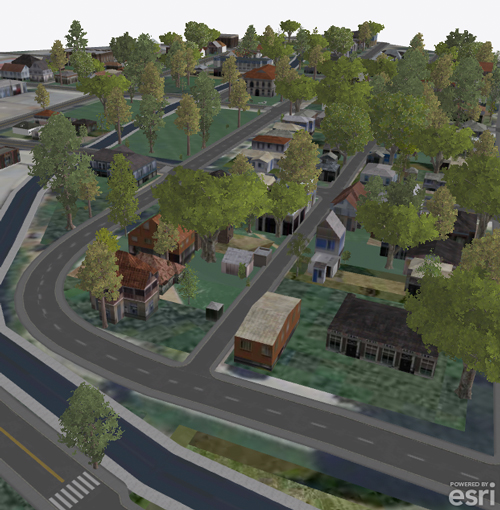
Statewide Integration of CI‐Visualization
PIs and Institutions:
Donna Delparte and Rob Edsall (ISU); Nancy Glenn and Steve Cutchin (BSU); Luke Sheneman, Bruce Godfrey, and Tim Frazier (UI)
Other Investigators:
Beth Scott (UI); Eric Lindquist (BSU); Thomas Wuerzer (BSU); Keith Weber (ISU); John Anderson (UI), Post‐docs, Graduate Students and MURI participants across the three institutions
Project Description
This project launched a highly innovative, creative and cross-institutional investigation into effective Visualization strategies for ecosystem services in Idaho. This endeavor created a statewide visualization working group with participants from all three institutions and interested stakeholders and partners. Our emphasis was on developing intuitive 3D visual interfaces to enable researchers, stakeholders and the public to interactively view modeling products emerging from the MILES program.
Visualization Products
Future Pocatello
Meg Tracy, Idaho State Univ
Compare this future scenario with the previous two (past and present scenarios).
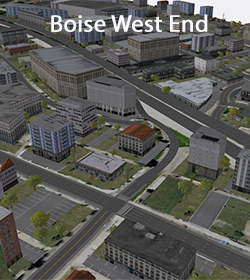
Boise West End (currently unavailable)
Josh Johnston, Boise State Univ
A CityEngine web scene of Boise's West End along the Connector, Main, and Idaho streets. Density of development is shown at three levels.
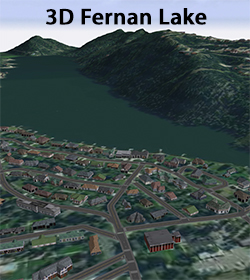
3-D Fernan Lake
Kevin Henry, Univ of Idaho
This 3-D visualization of Fernan Lake Village, Idaho and surrounding area demonstrates the capabilities of ESRI's CityEngine for use in SES research and communication. Analysis products such as wildfire severity and lake sensitivity analyses can be viewed in conjunction with infrastructure and development derived from existing GIS data.

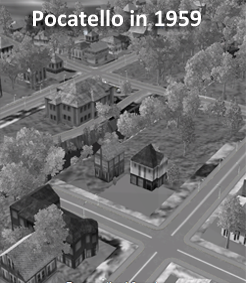
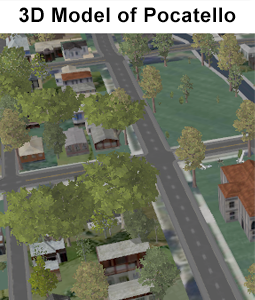
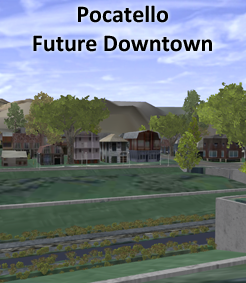
 Link to GitHub
Link to GitHub